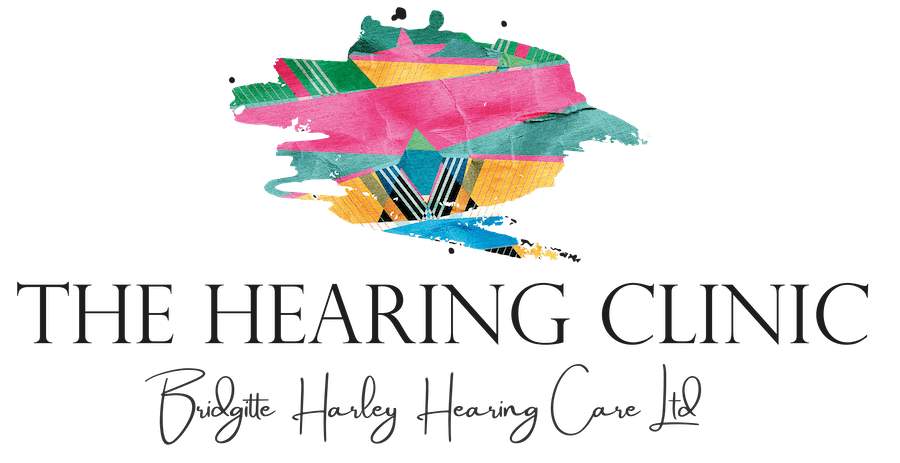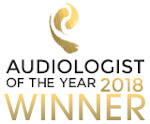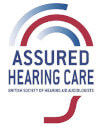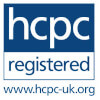Articles
-
One step closer to a cure for hearing loss?
If you have a hearing loss, you’ll probably know that this can be as a result of damage to the specialist hair cells that are found in the inner ear. These cells are crucial for hearing, because they either amplify sounds that come into the ear, or change sound waves into electrical signals for the brain to interpret. New research Now, a study by researchers at the University of Maryland School of Medicine (UMSOM) in the US has determined the role that a critical protein plays in the development of these special inner ear hair cells. The researchers, keen to understand how these cells develop, have found that the protein,…
-
Hearing aids stimulate the brain
Hearing loss is one of the leading chronic health conditions among adults, and the most common type of hearing loss is age-related hearing loss (ARHL) – a slow but steady loss of hearing. As ARHL is a slow process, many people who experience it find ways to adapt to the loss. But a recent study by scientists at the University of Colorado in the US, and highlighted in the Hearing Review, may make you think again about leaving it too long to seek help. How does the brain respond to hearing loss? The Colorado study shows that untreated hearing loss, even a mild case, may lead to an impairment, or…
-
Keep your hearing aids happy in the cold
There’s nothing better than a walk on a crisp winter day before warming up by a fire, but spare a thought for your hearing aids which need to tackle some huge temperature extremes at this time of year. Going from, potentially, minus temperatures outside to plus-twenty inside can create condensation inside your hearing aids. This can risk damage to your devices’ complex internal workings, such as the microphone and receiver. Troubleshooting problems with your devices You may find the sound cuts out, fades or comes and goes, or you experience sound distortion. Do a battery check to ensure you’re not just needing new batteries. Clean away moisture inside the device…
-
Getting a new smart phone?
Were you the lucky recipient of a new mobile phone for Christmas? Or are you planning to buy one for a loved one? Did you know that your smartphone has various features to help you protect your hearing health? So much of our life now happens through our smartphone. We call, text, email or videocall our friends, family and work colleagues. We watch films and TV, listen to music, read books, share content on social platforms, all from a single pocket-sized device. But this means it’s also all too easy to expose our hearing to excessively high sound levels when we’re plugged into our phones with earphones. Understanding the pros…
-
Go for captions!
Video calls are here to stay. Are you getting the most from them? If you’re living with hearing loss and have been working from home during the pandemic, you may have become a regular on work video calls. In which case, you may have mastered this communication tool. However, if the nature of your work means you don’t do video calling very often, or you’re not particularly technology-savvy, here are some tips to help you get the most from this style of meeting. With so many of us video calling friends too, these tips should help you in your social life and your work life. Go for captions Many of…
-
Revealing the ocean’s secrets – with earwax
Because we see so much of it, here at The Hearing Clinic we’re a lot less squeamish about earwax than many people. In fact, we think earwax is pretty amazing. Here’s why. Earwax is predominantly made up of dead skin cells and the rest is fatty acids, alcohols and cholesterol. As earwax moves out of the ear canal it travels at around the same speed as your fingernails grow, taking with it any particles that may have gathered in the canal and damaged the eardrum. Earwax is even known to kill off some types of bacteria. The ‘go to’ substance In medieval times, earwax was used to prepare pigments used…
-
Technology for challenging listening environments
Technology to help you conquer challenging hearing environments Hot on the heels of our blog about speech-to-text apps, here’s another on remote microphones – another clever way that technology works with your hearing aids to help you hear at your best in demanding settings. Where do you find it hard to hear? Noisy restaurants and cafés: These are unpredictable listening environments that cause many hearing aid users strife. Often low lighting or awkward seating arrangements make it hard to get visual cues. Lots of hard surfaces can also make it difficult to hear who’s saying what. In the car: Road noise, few, if any, visual cues (due to seating) and…
-
Speech-to-text smart apps – don’t miss a word!
What is a speech-to-text app? Modern technology certainly makes life easier for people with a hearing impairment. Of course, there are the amazing hearing aids that are available, and are constantly being improved upon. But what about the many apps designed to enhance communication? In this blog we look at some of the best speech-to-text apps designed to ensure you never miss a word in your conversations or meetings. Speech-to-text, or voice-to-text, apps use voice recognition software (and usually an active internet connection) to convert what’s being said into text, either on your smartphone, tablet or laptop. Alongside apps that are purpose-designed for people with hearing challenges, there are also…
-
Face Masks and Hearing Aids. Avoid the tangle
Face masks and hearing aids: avoid the tangle Face masks are a fact of life for most of us now when we’re out and about. Unfortunately we’ve had quite a few clients come to us having lost or dropped and damaged their behind-the-ear hearing aids due to entanglements with mask ties. So here are some tips for avoiding the tangle. If your face mask has ties, then be sure to tie the straps high up on your head and low on your neck as this will avoid obstructing your hearing aids. When it comes to removing your mask, undo the bottom ties first then the top to avoid knocking your…
-
Introducing Chatable – The AI app that helps you hear
Following on from our recent blog about hearing aids and face masks ‘Avoid the tangle’, we wanted to let you know about a new free app that may help solve the communication problems caused by face masks. Hear loud and clear – even without hearing aids As many of you have been finding, face masks muffle sound and eliminate lip reading cues – causing communication challenges for people with any level of hearing loss. However, the Chatable app is a smartphone app that many people are finding delivers good understanding of speech in noise and in scenarios where the person you’re speaking to is wearing a face mask. Chatable can even be used with or without hearing aids – even if you have…













